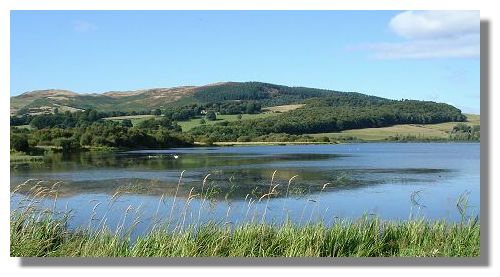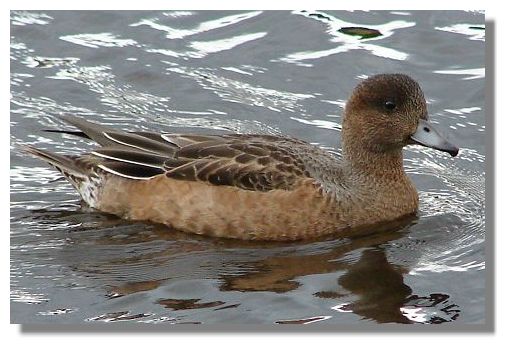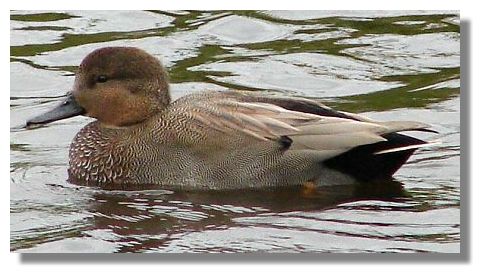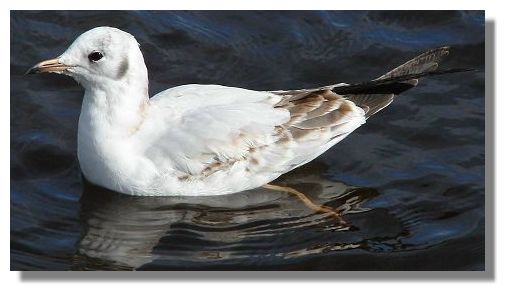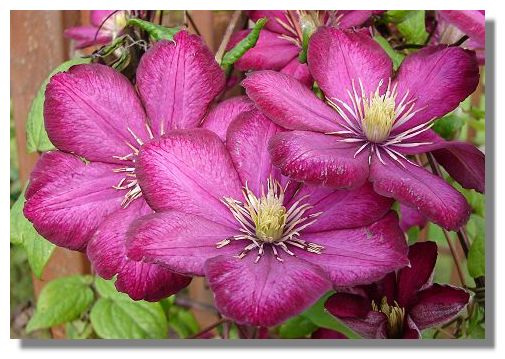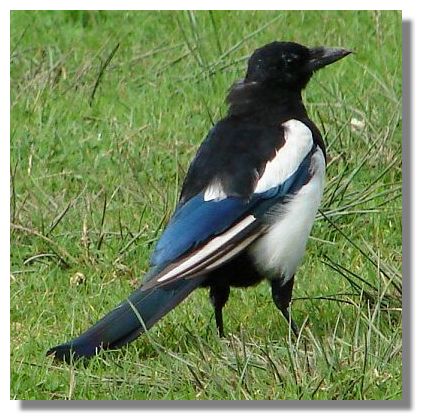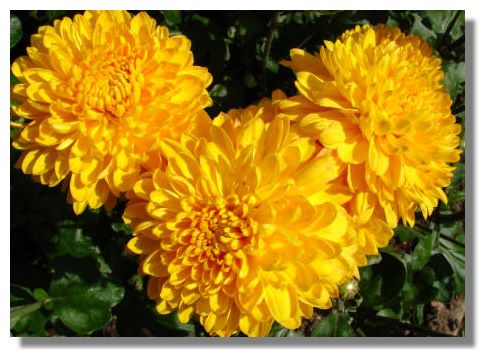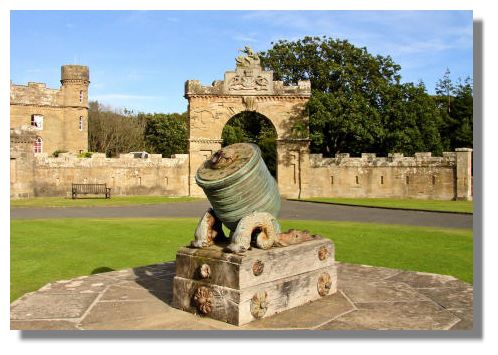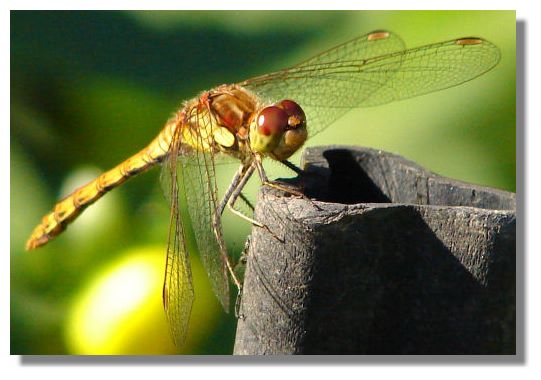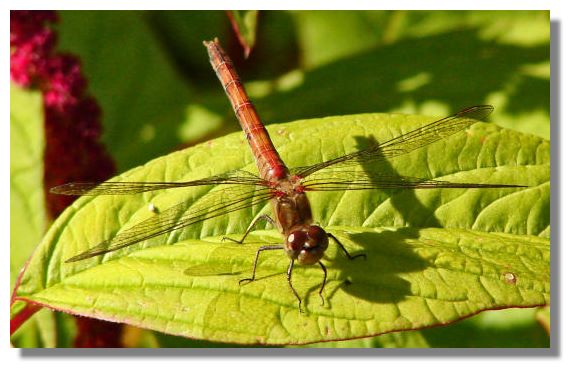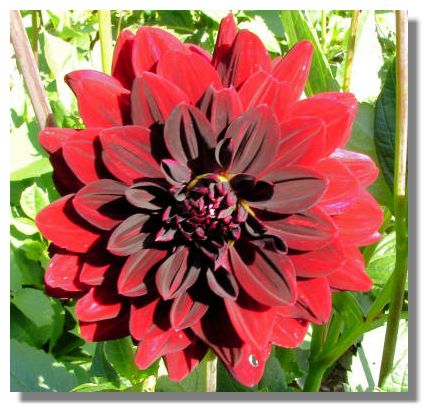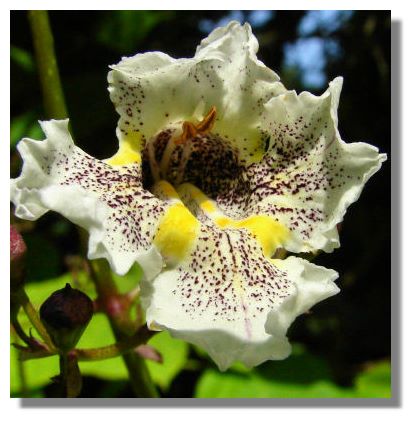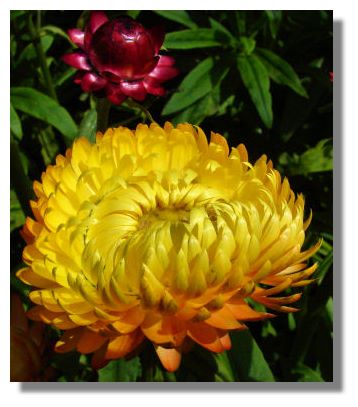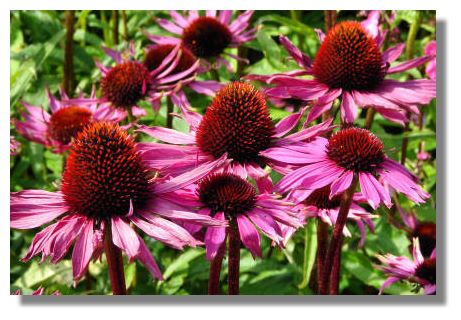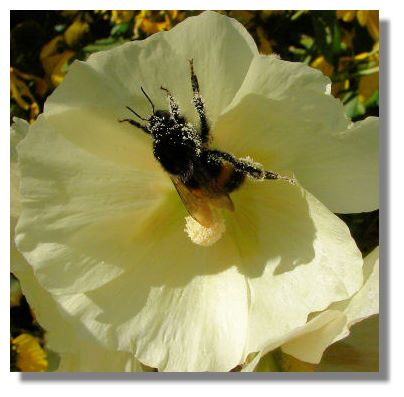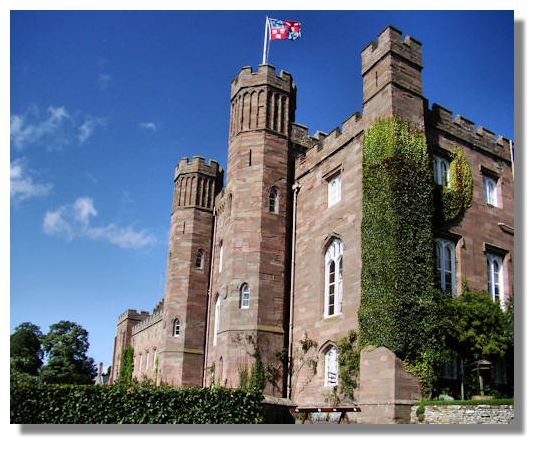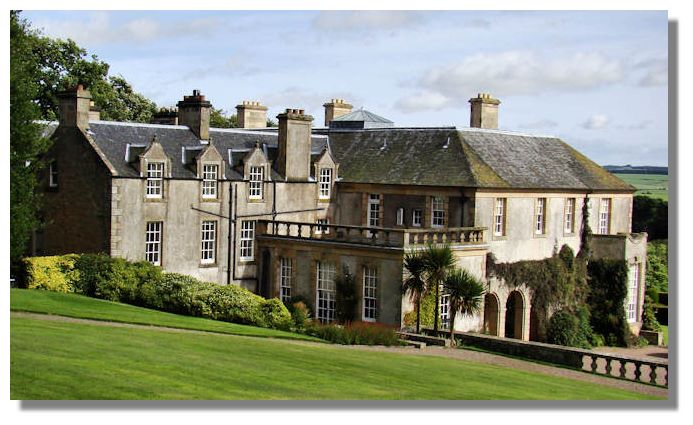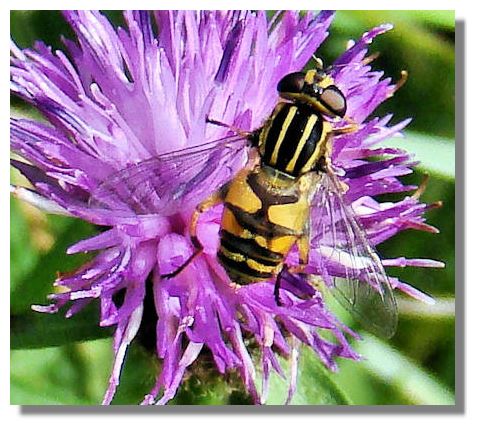It is hard to believe that this lovely loch in Fife was once the site of coal mining and that it was formed initially as a result of land subsidence arising from the mines below. The area is now Lochore Country Park - but sports the (pristine) winding gear at the top of a defunct mine, just to remind vitors of the area's recent past.
Traditionally, Wigeon have over-wintered in estuaries and coastal marshes, but in recent years they have moved inland to winter around lowland lakes and lochs. This one, with its attractive markings, was seen in Drumpellier Country Park in North Lanarkshire. As far as I am aware, Wigeon did not frequent this area last winter.
A solitary Gadwall spent last winter at Drumpellier Country Park. Despite the notices which asked visitors not to feed the birds there, the Gadwall benefited from the many who ignored the official advice and provided bread throughout the winter months! It is impossible to tell if this is the same Gadwall - but surprisingly it did seem to be associating with the one and only Wigeon, pictured above!
Despite its lack of a black head, this is a first-winter Black Headed Gull. Fully grown adults have lost their black heads too, as their winter plumage is a largely white head with just a spot of black.
This climbing Clematis has been producing flowers for months and a burst of late afternoon sunshine has brought up its colours nicely.
Magpies are not popular because of their reputation for raiding the nests of other birds, though recent research suggests that they are not as guilty as was once thought. A member of the crow family, it has an attractive iridescent blue-green sheen on the back of its wings.
Most of us still call these flowers "Chrysanthemums" although a number of years ago the genera was renamed "Dendranthema". These showy plants need a lot of work as the rootstocks have to be lifted and stored in a frost-free environment in Scotland. And to get large blooms like these, the growing tip has to be stopped to stimulate the growth of side shoots. The gardeners at Culzean Country Park in South Ayrshire are certainly kept busy!
This is the entrance gate to Culzean Castle, with a small, "bombard" in the foreground, with decorative fish supporting the barrel. A bombard is a type of medieval cannon or mortar, used chiefly in sieges for throwing heavy stone balls. The modern term bombardment derives from this.
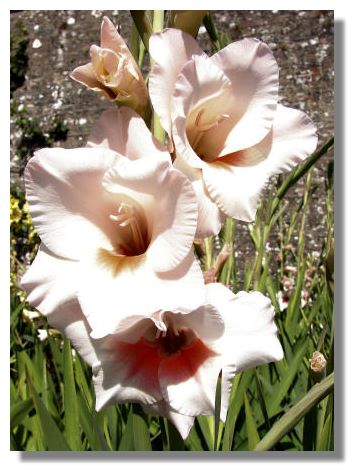
In addition to lots of Chrysanthemums, the walled garden at Culzean has a great display of Gladioli. This variety is called "Lowland Queen".
There are a number of ponds and woods in Culzean Country Park which provide an ideal habitat for Dragonflies and Damselflies. This is a female Common Darter Dragonfly. Although the close-up makes it look quite large, Darters are the "medium" sized ones in this group. This Dragonfly is sitting on the top of an iron support for the Dahlias.
This red Dragonfly is the male Common Darter. Dragonflies have up to 30,000 facets to their compound eyes, each one a separate light-sensing organ, arranged to give nearly a 360° field of vision. Despite that, it is often possible to get a camera less than an inch away from them to take a close-up picture!
There are many different varieties of Dahlia grown at Culzean, including this deep, rich, red one.
Southern Catalpa (Catalpa bignonioides) is a species of Catalpa, native to the south-eastern United States in Alabama, Florida, Georgia, Louisiana, and Mississippi. It is also sometimes known as Indian Bean Tree. A single flower when fully expanded is two inches long and an inch and a half wide. This example was photographed in the one of the gardens at Culzean Castle Country Park in Ayrshire.
The papery petals of Helichrysum do not fade and wither and are popular with flower arrangers - and earn their nickname of "Everlasting" flowers.
Echinacea - the Cone Flower - comes in purple, pink or white. This striking, tall plant is easy to grow and originated in eastern USA.
This pollen covered bee on a Hollyhock flower is working hard to collect nectar - and is pollinating the plants as it goes.
Although in its present form Scone Palace, a few miles north of Perth, is relatively "young" (a minor 16th century palace was recast in 1808 with a castellated roof to make it look more imposing), the area is steeped in history. Scone was an ancient gathering place of the Picts (the earliest inhabitants of northern Scotland with a name and history). Moot Hill, adjacent to the present palace, was where Scottish kings were crowned (on the Stone of Destiny until King Edward I carried it off to London in 1296). From 1114 to the Reformation in 1559, Scone was one of Scotland's major abbeys and was sometimes referred to as the Palace of the Abbots. Recent archaeological excavations have identified the outline of the old abbey. The Earls of Mansfield still live in Scone Palace which is now a major tourist attraction.
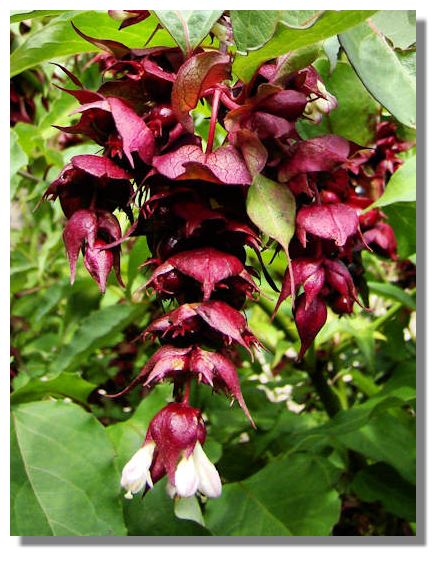
Leycesteria Formosa is also known Himalayan honeysuckle and Pheasant Berry - the long dangling tassels of the flowers appear in August/September and are followed by purple berries which are popular with many birds, not just pheasants. The flowers are only the small white petals at the end of the long, claret-coloured bracts in which the berries grow. Only one variety is strong enough to grow outdoors in Scotland and even that can be killed to ground level in really cold winters. But it springs back to life again in the spring and can be back to full height (six feet) in two growing seasons.
The National Trust for Scotland mansionhouse at Hill of Tarvit, near Cupar in Fife, was designed in 1906 by Hugh Lorimer (who had worked on the restoration of Kellie Castle ten miles away). Lorimer's design largely demolished the original 17th century Wemyss Hall to create a new building, which was given the the name of Hill of Tarvit Mansionhouse. The property had been bought by Frederick Bower Sharp, one of a family that had made their fortune in Dundee, where they manufactured jute products (including selling sackcloth for sandbagging to both sides during the American Civil War).
The European hoverfly's scientific name is "helophilus pendulus" which means "dangling swamp-lover". This colourful insect is a very common in Britain and occurs as far north as the Shetland Islands. As its name implies, it is often associated with bodies of water - lakes and rivers as well as small ponds. But it can also fly well away from water, visiting flowers (such as this knapweed) and resting on leaves.
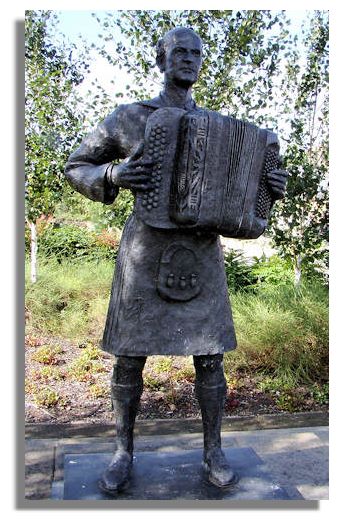
Jimmy Shand (1908-2000) became Scotland's best-known accordion player and leader of a band playing traditional Scottish dance music. This larger than life-sized sculpture is in the Fife town of Auchtermuchty where he lived for much of his life. The "King of Scottish Dance Music" began playing a mouth organ and then a fiddle at a young age and performed at events around Fife which augmented his income from being a miner. He made his first broadcast with "Jimmy Shand and his Band" in 1945 and rapidly became popular all over the country - and then in North America, Australia and New Zealand, including playing at Carnegie Hall in New York. In 1972 he went into semi-retirement and was made a freeman of Auchtermuchty in 1974, North East Fife in 1980 and Fife in 1998. He became Sir Jimmy Shand in 1999 - a long overdue honour. His portrait is in the Scottish National Gallery - close to fiddle player Neil Gow. During his career he wrote over 300 compositions - and recorded more tracks than the Beatles and Elvis Presley combined.
If you want to look back at other editions of these photos of Scotland week by week, there is an Index Page
